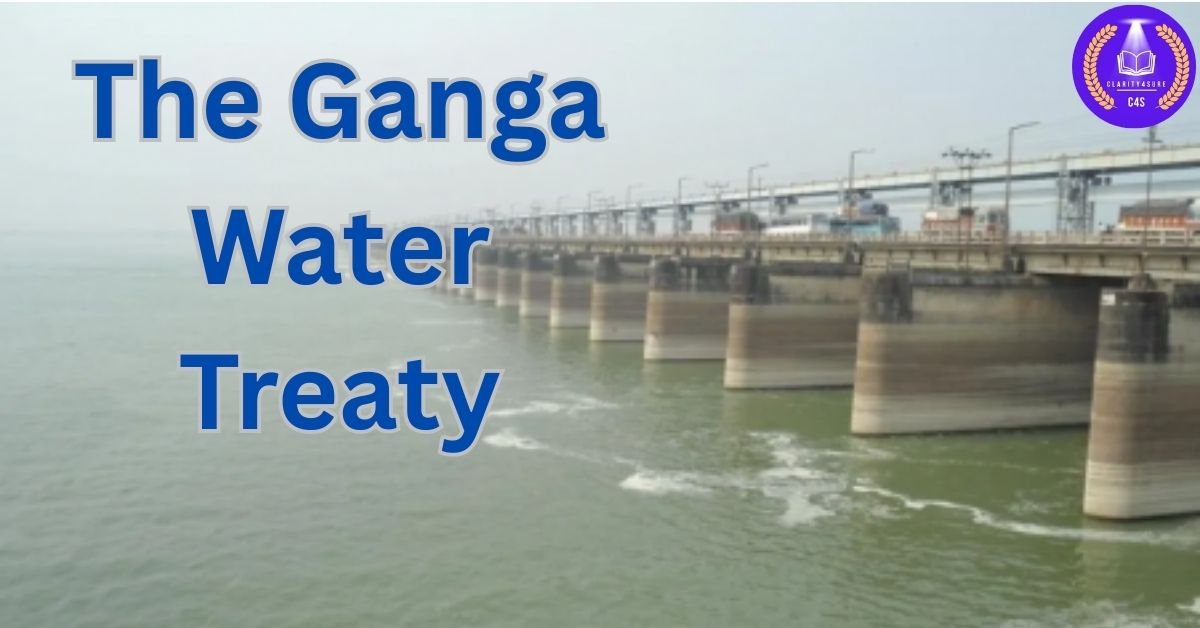Overview
The National Agricultural Insurance Scheme (NAIS) is a government-backed crop insurance program in India designed to protect farmers from financial losses due to natural disasters, pests, and diseases. Launched in 1999-2000, NAIS is one of the largest crop insurance schemes in the world and plays a crucial role in stabilizing farm incomes, ensuring food security, and promoting sustainable agriculture.
Objectives
The key objectives of NAIS include:
- Providing financial protection to farmers against crop losses due to unforeseen natural calamities.
- Encouraging farmers to adopt modern agricultural practices and invest in high-yield crop varieties.
- Stabilizing farm incomes to reduce farmer distress and improve their economic well-being.
- Ensuring credit availability for agricultural operations by covering loaned farmers under the scheme.
Coverage Under NAIS
Crops Covered
The scheme provides insurance coverage for a wide range of crops, including:
- Food crops – Cereals, pulses, and millets
- Oilseeds – Mustard, groundnut, soybean, etc.
- Horticultural crops – Fruits, vegetables, and plantation crops
- Commercial crops – Cotton, sugarcane, tobacco, and others
Farmers Covered
NAIS is inclusive, covering different categories of farmers:
- Loanee Farmers: Farmers who take Seasonal Agricultural Operations (SAO) loans from financial institutions are automatically covered under the scheme.
- Non-Loanee Farmers: Farmers who do not take agricultural loans can voluntarily opt into the scheme.
- Tenant Farmers & Sharecroppers: These farmers are also eligible to receive benefits under NAIS.
Risks and Exclusions
Risks Covered
NAIS provides comprehensive protection against multiple risks that can lead to crop failures, such as:
- Natural calamities: Droughts, floods, cyclones, hurricanes, landslides, and hailstorms
- Pest infestations affecting crop yields
- Plant diseases that damage agricultural produce
- Unseasonal rainfall or temperature variations leading to crop failure
- Fire and lightning incidents impacting crops
Exclusions
While NAIS covers a wide range of risks, certain exclusions apply:
- Losses due to war, nuclear risks, or malicious damage
- Damage caused by preventable human actions like negligence, poor farm management, or theft
- Losses occurring after harvest or improper storage
Implementation and Working
Insurance Provider
The Agriculture Insurance Company of India (AIC) is the primary implementing agency responsible for offering crop insurance under NAIS. It works under the guidance of the Ministry of Agriculture and Farmers Welfare, Government of India.
Premium Structure
- Premium rates vary based on the type of crop and associated risks.
- The government provides subsidies to make insurance affordable for farmers.
- Small and marginal farmers receive a 50% subsidy on premiums to encourage participation.
Claim Settlement
- In case of crop loss, farmers need to report their claims within the specified time frame.
- Claims are assessed based on area yield data, weather reports, and remote sensing technology.
- Compensation is directly transferred to the farmers’ bank accounts to ensure transparency and efficiency.
Transition to Pradhan Mantri Fasal Bima Yojana (PMFBY)
In 2016, NAIS was replaced by the Pradhan Mantri Fasal Bima Yojana (PMFBY), which introduced several improvements:
- Lower premium rates for farmers
- Faster claim settlements through the use of technology
- Increased farmer participation due to improved affordability
Despite the transition, NAIS played a significant role in shaping India’s agricultural insurance sector and laid the foundation for modern crop insurance programs.
Conclusion
The National Agricultural Insurance Scheme (NAIS) has been instrumental in protecting millions of Indian farmers from financial distress due to crop losses. By providing risk coverage, financial stability, and promoting modern farming practices, NAIS has contributed to India’s agricultural resilience. With the evolution into PMFBY, the government continues to enhance the effectiveness of crop insurance, ensuring better financial security for farmers and sustainable agricultural growth.

















